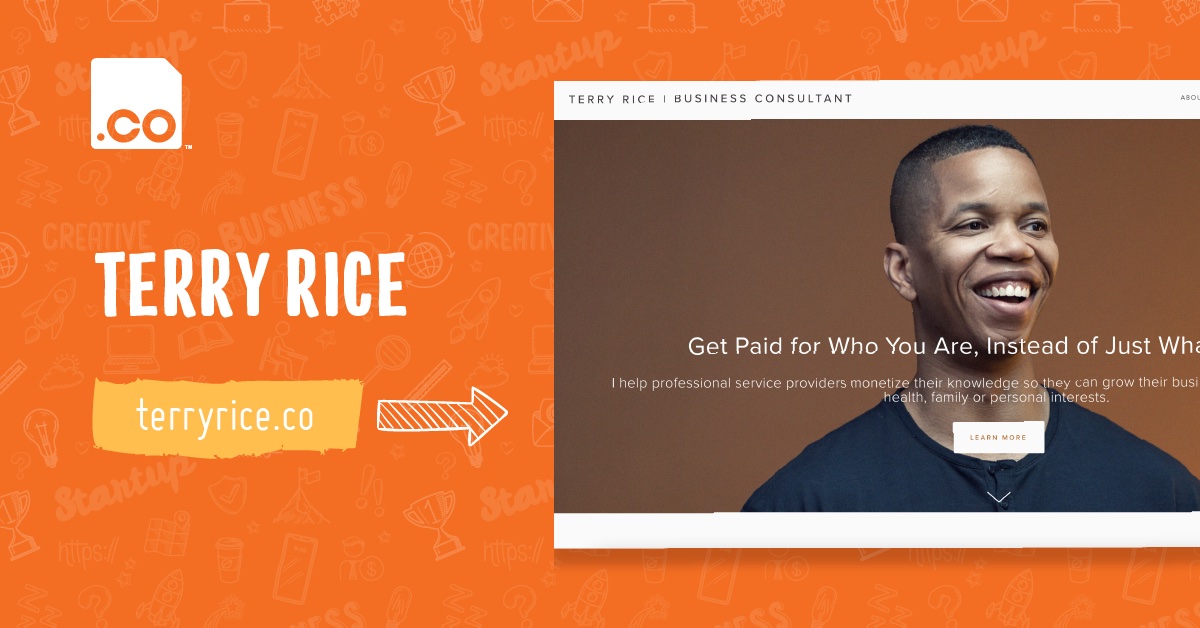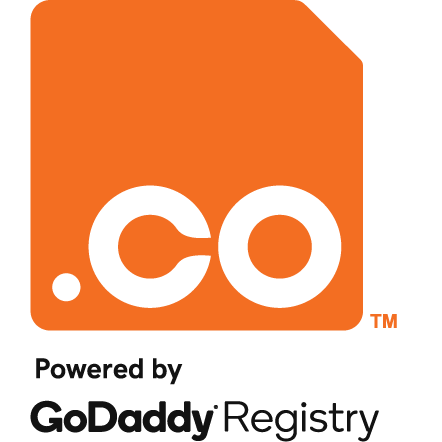Growing your business is usually the top priority for small business owners, but with limited budget and time, growth can be a challenge.
First, what exactly is growth-hacking? According to OptinMonster, the concept was first coined by Sean Ellis, founder and CEO of GrowthHackers, in 2010. It refers to entrepreneurs, marketers, engineers, and designers who use “creative, low-cost strategies to help businesses acquire and retain customers.”
While growth-hacking was originally associated with high-tech and highly-funded startups, these days, even bootstrapped businesses and solopreneurs could tap growth-hacking strategies to accelerate growth. Here’s your quick guide to growth-hacking:
Content Marketing is King
Typically, marketing campaigns can be costly, causing many smaller and newer businesses to rely on unpaid media to spark brand awareness and growth. But with so many new ventures fighting for press, and public relations agencies typically charging high rates, even getting a local news spot can be challenging. Enter content marketing.
The Content Marketing Institute defines content marketing as “a strategic marketing approach focused on creating and distributing valuable, relevant, and consistent content to attract and retain a clearly defined audience–and, ultimately, to drive profitable customer action.” Anyone can publish a bunch of content online, but building and adhering to a strategic content marketing plan is what results in actual sales and customer interest. Know the ins-and-outs of your business model, as well as what your customer wants, to influence your content plan.
Content marketing consists of creating premium content that serves your target audience, showcases you and your team’s expertise, and highlights your company’s unique value add. Use these brand tenets as prompts for producing SEO-friendly, valuable and shareable content on your business website’s blog section. For example, if you’re a graphic designer, launch a blog that helps business owners through their online branding journey. If you’re an interior designer, share a blog detailing a recent client’s space that you’ve recently transformed. These blogs will give your customers more insights into what makes you and your business a trustworthy, go-to destination from which they can buy products or services. Organically driving brand awareness, as well as loyalty, is a sure path to growth.
Get Digital
Don’t limit your content to print blogs. Toy around with podcasts, YouTube video tutorials and interviews, and infographics. If you want to build your brand as a professional in the tech field, research the best free audio editing tools to launch a podcast where you interview other techies. If you’re a career coach you can use free platforms like Canva and Adobe Express to create infographics that break down salary negotiation tips.
Whether you turn to blogs, audio, video, or a mix of all the above–be sure to distribute it on social media and newsletters–in addition to housing them on your business website. Create a content calendar where you publish these assets on a consistent basis in order to build rapport with your audience.
Leverage the Power of Bloggers
Trying to lock in reporters and editors could be a long, arduous process. Luckily, bloggers can have an equally large impact on raising brand awareness for your venture. In fact, they can be more powerful than traditional press–if you go about the partnership right. First, identify a handful of influencers who are relevant to your business. Don’t just focus on their following count, but how they engage with followers, and how they go about spotlighting their favorite brands. Is it authentic, or forced and fake? Do they tend to tag companies in quick, ephemeral stories? Or, do they write thoughtful and evergreen social media posts that live on their accounts and blogs for the long-term?
Once you identify a potential blogger, reach out via social media or their contact information listed on their website. (Note that larger players might be represented by an influencer marketing agency.) Pitch an influencer partnership, and if they respond, review their terms and conditions to determine whether their approach aligns with your goals. Note that some bloggers will publish a post featuring/reviewing your product if you provide them with a free product, while others require free product and will charge a fee.
Get Social Media-Savvy
Your social media strategy can’t just rely on bloggers and influencers. Have a thorough social media strategy that fits into your overarching content marketing plan. Facebook, Twitter, Instagram, and TikTok are the main platforms, but make sure you’re meeting target customers where they are. For example, corporate leaders should be on LinkedIn, while creatives and designers could gain a lot of inspiration (and exposure) from Pinterest. Be sure to engage with your followers on a regular basis, such as responding to questions and comments in a timely manner. This fuels growth by letting followers know you are responsive and value customer feedback.
Create Referral Programs
Use your social media accounts and email blasts to entice existing customers to promote your products, garner referrals, and buy more through fully-automated discounts. Platforms like Conjured Referrals will help you accelerate growth by encouraging customers to share your content on social media or forward referral emails. Their friend gets a unique coupon code, and if the friend buys something the referring customer gets a discount, points or a gift card as a reward.
Outsource Your Customer Service
Whether you hire a virtual assistant or a reliable agency team, you can boost customer satisfaction and save time by building trust with your new and existing customers. As your business scales, customer inquiries can begin to eat up an enormous amount of time, so outsourcing could be a great solution to answer all inquiries in a timely fashion. The key is to make sure the team is properly trained on the ins-and-outs of your product, as well as your company values, to ensure they are delivering excellent customer service.
Partner with Like-Minded Brands
Whether it’s through a social media giveaway, a discounted sales bundle, or a live event, partnering with brands can be an excellent path for driving growth. Make a list of non-competitors in your industry, where your brands complement each other. Established and emerging brands alike can enjoy a symbiotic relationship and help drive each other’s audiences. For example, if you’re a vegan dessert startup, consider teaming up with a vegan dairy company to launch a special giveaway. If you are a baby clothing startup, why not collaborate with a baby stroller company and host a parenting event at a local children’s boutique? The possibilities are endless.
Unleash the Power of Branding
Growth hacking is largely about expanding your company’s reach, without burning through money and limited resources. Powerful branding paired with community-building initiatives can speed company growth, as it can let customers know the key differentiator between you and your competitors. Customer loyalty programs, forums, and events are all great avenues for community-building. For example, any clothing company can sell t-shirts and pants, but a properly branded retailer can sell the concept of stylish sustainability that appeals to eco-conscious Millennials. Think about what you and your company stand for, and convey that across your marketing plan to drive growth.





